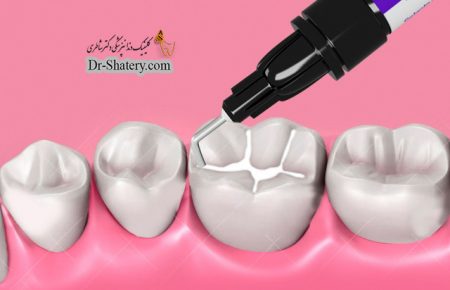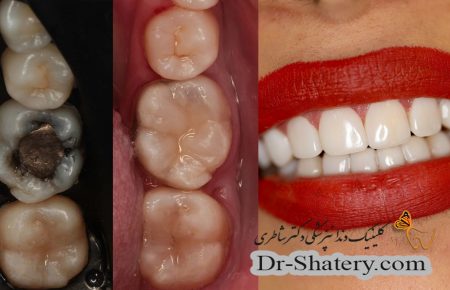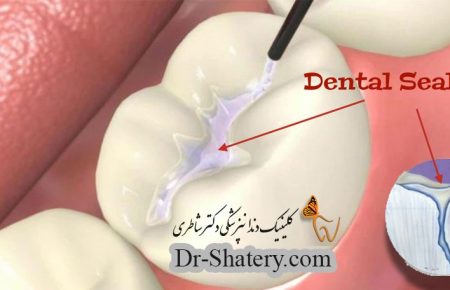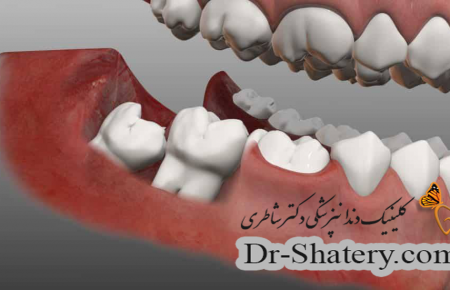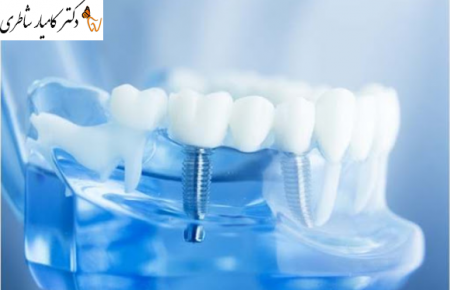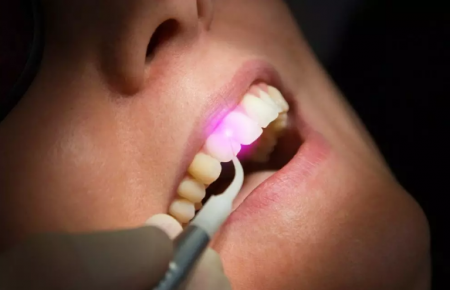مبتلایان به فشار خون بالا و مدیریت آنها در دندانپزشکی
بخش کوتاهی از مقاله :
فشار خون بالا یک بیماری شایع است که دندان پزشکان با آن مواجه می شوند. این بسیار گسترده است، عواقب وحشتناکی دارد، و درمان دراز مدت آن مستلزم روش توجه بر انگیزی از سوی دندان پزشکان می باشد. مدیریت فشار خون بالا در مطب دندان پزشکی شامل شناخت بیماری و اندازه گیری دقیق آن، دانش درمان و معالجه و عوارض جانبی، ارزیابی و بررسی خطرات مربوط به آن در حیطه کار دندان پزشکی می باشد. نقش دندان پزشک در غربال گری فشار خون بالای تشخیص داده شده یا تشخیص داده نشده بسیار مهم است به این دلیل که ممکن است منتهی به بهبود در نظارت و همچنین درمان شود.
-
مقدمه
فشار خون بعنوان مقادیر >140 mmHg SBP و/یا >90 mmHg DBP، مبتنی بر شواهدی از RCTها تعریف می شود که در مبتلایان با این مقادیر BP از کاهش های BP درمان القاء شده مفید و مناسب است (جدول 1) [1]. طبقه بندی مشابه در افراد جوان، میانسال و مسن مورد استفاده قرار می گیرد، در حالی که معیارهای مختلف که بر اساس صدک ها است، در کودکان و نوجوانان اتخاذ می شود برای داده ها و اطلاعاتی که از تحقیقات مداخله در دسترس نیست [1].
JNC معرفی شده در سال 2003 مقوله ای از پیش فشار خون است، که بعنوان SBP از 129 تا 139 mmHg و DBP از 80 تا 89 mmHg تعریف می شود (جدول 2) [2]. مبتلایان به پیش فشار خون در معرض خطر بیشتری از گسترش فشار خون هستند، این مبتلایان با مقادیر فشار خون 130-139/80-89 mmHg دارای دو برابر خطر بالاتر از بروز فشار خون در مقایسه با افراد با مقادیر کمتر هستند [3].
فشار خون بالا یک بیماری و مرض بسیار شایع قلبی و عروقی می باشد، که اثرگذار روی بیش از 1 میلیارد انسان در سرتاسر جهان است [2]. اگرچه بیش از 70 درصد مبتلایان به این بیماری از مرض خودشان آگاه هستند، با اینحال تنها 23 تا 49 درصد برای درمان خودشان اقدام می کنند، و کمتر از 20 درصد تحت کنترل قرار می گیرند [2، 4، 5]. شیوع فشار خون بر حسب سن، نژاد، آموزش، و غیره متفاوت است.
با توجه به دستورالعمل های ESC-ESH در سال 2003، اطلاعات قابل مقایسه محدود شدهای بر روی فشار خون و فرایند زمانی مقادیر در کشورهای مختلف اروپائی در دسترس می باشد [6]. می توان گفت در کل شیوع فشار خون به نظر می رسد که حدود 30 تا 45 درصد از جمعیت را در بر می گیرد، که این با افزایشی شیب دار به سمت پیری همراه است. همچنین به نظر می رسد که تفاوت های چشم گیری در سطوح متوسط BP در بین کشورها، همراه با روندهای غیر نظام مند نسبت به تغییرات BP در دهه گذشته وجود دارد [7-29].
فشار خون (BP) بالای دائمی بر روی عروق، کلیه ها، قلب و مغز اثر می گذارد و موجب افزایش وقوع یا شیوع مرض کرونر کلیوی و قلبی و همچنین سکته مغزی می شود. از فشار خون بالا با عنوان «قاتل خاموش» نام برده می شود به این دلیل که اغلب ارگان و اندام های هدف (کلیه، قلب، مغز، چشم ها) را پیش از ظهور علائم بالینی تحت تاثیر قرار می دهد.
Sanda Mihaela Popescu,1 Monica Scrieciu,1 Veronica Mercuu,
1
Mihaela tuculina,2 and Ionela Dascslu2
1 Department of Oral Rehabilitation and Dental Prosthodontics, Faculty of Dental Medicine, University of Medicine and Pharmacy,
Petru Rares No. 2–4, 200349 Craiova, Romania
2 Department of Odontotherapy, Endodontics and Orthodontics, Faculty of Dental Medicine, University of Medicine and Pharmacy,
1 Mai No. 68, Craiova, Romania
Correspondence should be addressed to Sanda Mihaela Popescu; sm popescu@hotmail.com
Received 1 October 2013; Accepted 22 October 2013
Academic Editors: F. Angeli and K. C. Ortega
Copyright © 2013 Sanda Mihaela Popescu et al. This is an open access article distributed under the Creative Commons Attribution
License, which permits unrestricted use, distribution, and reproduction in any medium, provided the original work is properly
cited.
Hypertension is a common disease encountered in dental setting. Its wide spreading, terrible consequences, and life-long treatment
require an attentive approach by dentists. Hypertension management in dental office includes disease recognition and correct
measurement, knowledge of its treatment and oral adverse effects, and risk assessment for dental treatment. Dentist role in screening
undiagnosed and undertreated hypertension is very important since this may lead to improved monitoring and treatment.
1. Introduction
Hypertension is defined as values >140 mmHg SBP and/or
>90 mmHg DBP, based on the evidence from RCTs that
in patients with these BP values treatment-induced BP
reductions are beneficial (Table 1) [1]. The same classification
is used in young, middle-aged, and elderly subjects, whereas
different criteria, based on percentiles, are adopted in children and teenagers for whom data from interventional trials
are not available [1].
JNC 7 introduced in 2003 the category of prehypertension, which is defined as SBP of 120 to 139 mmHg and DBP of
80 to 89 mmHg (Table 2) [2]. Patients with prehypertension
are at increased risk of developing hypertension, those with
blood pressure values 130–139/80–89 mmHg have a two times
greater risk of developing hypertension than those with lower
values [3].
Hypertension is a highly prevalent cardiovascular disease,
which affects over 1 billion people worldwide [2]. Although
more than 70% of hypertensive patients are aware of the
disease, only 23–49% are treated, and fewer (20%) achieving
control [2, 4, 5]. Hypertension prevalence varies by age, race,
education, and so forth.
According to ESC-ESH guidelines in 2013, there are
limited comparable data available on the prevalence of hypertension and the temporal trends of BP values in different
European countries [6]. Overall the prevalence of hypertension appears to be around 30–45% of the general population,
with a steep increase with ageing. There also appear to
be noticeable differences in the average BP levels across
countries, with no systematic trends towards BP changes in
the past decade [7–29].
A permanent high blood pressure (BP) affects blood
vessels in the kidneys, heart, and brain, increasing the
incidence of renal and cardiac coronary heart disease and
stroke. Hypertension was called the “silent killer” because it
often affects target organs (kidney, heart, brain, eyes) before
the appearance of clinical symptoms.
برای دانلود کامل مقاله فارسی مبتلایان به فشار خون بالا و مدیریت آنها در دندانپزشکی اینجا کلیک کنید
برای دانلود کامل مقاله انگلیسی ( English ) مبتلایان به فشار خون بالا و مدیریت آنها در دندانپزشکی اینجا کلیک کنید

























































